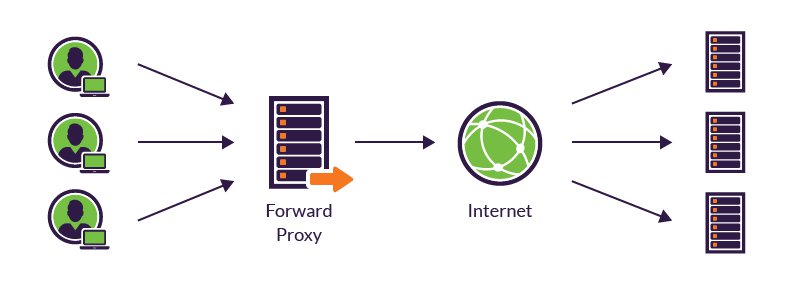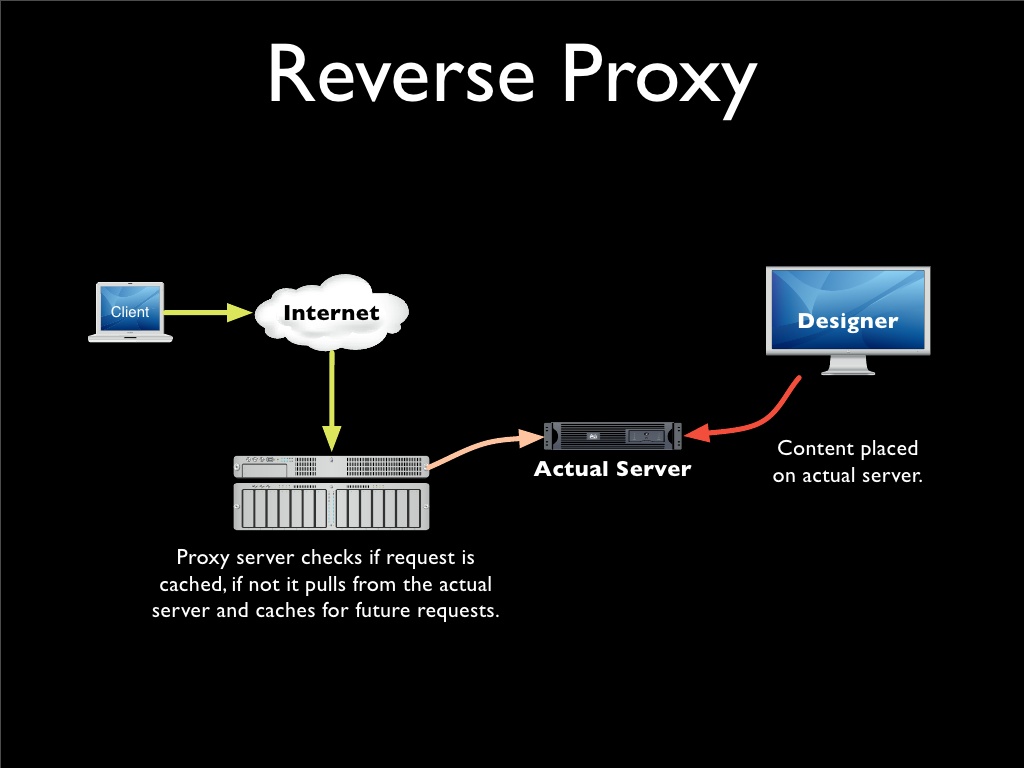What is the difference between forward and reverse proxy server?
- July 27, 2018
- 0
A proxy server serves as a mediator for requests from clients asking resources from other servers. A client combines to the proxy server by requesting services like a file, connection, resources available, web page, or another server. Moreover, the proxy server assesses the request as a way to explain and manage its complexity. Proxies were designed to add arrangement and encapsulation to scattered systems. Today, most proxies are web proxies, promoting a way to content on the World Wide Web, giving anonymity and may be used to circumvent IP address blocking. We are going to discuss about the forward and reverse proxy server to state the difference between these two terms.
Difference between forward and reverse proxy server
The Forward Proxy
A forward proxy produces proxy services to a client or a combination of clients. Mostly these clients belong to a common internal network. While a client executes a connection attempt to that file transfer server on the Internet, its applications have to cross into the forward proxy principally.
According to the forward proxy’s settings, a request can be approved or rejected. If granted, then the request is sent to the firewall and then to the file transfer server. From the file transfer server’s angle, it is the proxy server that generated the request, not the client. So when the server replies, it directs its response to the proxy. But then, when the forward proxy gets the response, it identifies the response as an answer to the request that went through before. And so it, in turn, sends that response to the client that made the request.
Because proxy servers can monitor requests, responses, their origins and their targets, etc. certain clients can send out various requests to distinct servers through the forward proxy and the proxy will manage for all of them. Again, some requests will be released, while some will be discarded.
Apparently, the proxy can assist as a single point of access and authority, forming it simpler for you to implement safety systems. A forward proxy is operated in one behind the other with a firewall to help an internal network’s protection by checking traffic starting from clients in the internal network that is aimed at hosts on the Internet. Thus, from a safety point of view, a forward proxy is basically aimed at imposing security on client computers in your internal network.
But then client computers aren’t always the only ones you find in your internal network. Sometimes, you also have servers. And when those servers have to render services to outside clients (e.g. field staff who need to access files from your FTP server), a more proper resolution would be a reverse proxy.
The Reverse Proxy
A reverse proxy does the definite inverse of what a forward proxy does. While forward proxy substitutes in behalf of clients (or requesting hosts), reverse proxy proxies in place of servers. A reverse proxy receives requests from external clients on behalf of servers placed behind it.
To the client, it is the reverse proxy that is giving file transfer services. The client is unaware of the file transfer servers behind the proxy, which are really producing those services. In result, a forward proxy shields the characters of clients, a reverse proxy hides the identifiable factors of servers. An Internet-based intruder would, consequently, get it considerably extra tough to obtain data detected in those file transfer servers than if he wouldn’t have had to administer with a reverse proxy. Similar to Forward proxy servers, Reverse proxies also provide a single point of access and control. Typically set to serve alongside one or two firewalls to control traffic and requests addressed to internal servers.
Mostly, reverse proxy servers also function as load balancers for the servers following it. Load balancers perform a vital task in contributing high availability to network services that collect large volumes of requests. When a reverse proxy executes load balancing, it assigns incoming requests to a cluster of servers, all giving the same kind of service. So, for example, a reverse proxy load balancing FTP services will have a cluster of FTP servers at the back of it.
Both varieties of proxy servers relay requests and reply between the origin and destination machines. But in the case of reverse proxy servers, client requests that go through them usually start from the Internet, while, in the case of forwarding proxies, client requests usually develop from the internal network behind them.






